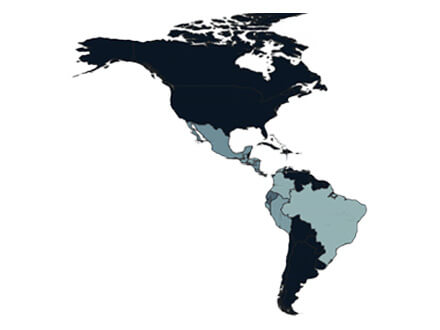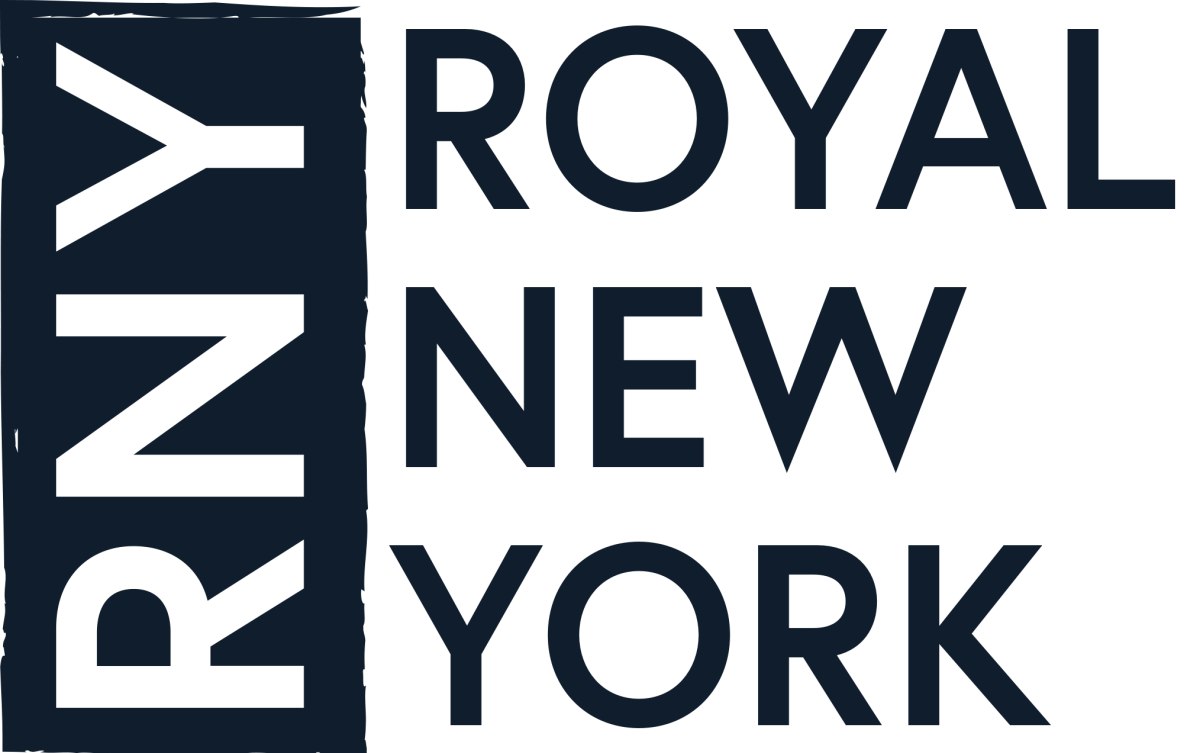December 21, 2023
Central and South America Roast Profile

At Royal New York, we’re happy to provide roasting guidance. We strive to help any roaster who is new to the industry or new to roasting a certain coffee. Check out our roast profile for Central and South America below. This region produces a wide range of coffees. Coffee grown in the Americas ranges from mild and sweet to tropical and exotic. Depending on the coffee you are starting with, and the flavor profile you are trying to develop, there is a range of profiles suitable to use.
Note that these tests were completed using a Diedrich IR-5 roaster. We considered 7:30 “Quick” to 1st Crack and 9:00 “slow. ”Short” roasts are 9:00 and under, “Long” roasts are 12:00 and above.
Medium Roast – Mild Roast Profile

Roasting Guidance
We suggest using medium heat application, adjusting to hit first crack at slightly longer than average timing, and ending the roast at a medium-dark temperature.
Flavor Profile
This roast will produce coffee that is sweet and mellow. The coffee will be medium bodied, with light acidity, and smooth, lingering sweetness.
Altering the Roast
For more body and roast character, maintain a higher heat application through first crack for a fully dark roast. For more acidity, reach first crack more quickly and end the roast at a lighter temperature with less development.
Blend & Brew
These coffees are great on their own as single-origin offerings or as the middle flavor note in an espresso blend or as part of a breakfast blend with another sweet and tart coffee. Brew using a V60 for balanced body, sweetness and acidity.
Dark Roast – Mild Roast Profile

Roasting Guidance
We suggest using medium heat application, adjusting to hit first crack at slightly longer than average timing, and ending the roast at a medium-dark temperature.
Flavor Profile
This roast will produce coffee that is smooth and robust. The coffee will be heavier bodied, with low acidity, some roast character and syrupy sweetness.
Altering the Roast
For more body and roast character, maintain a higher heat application through first crack for a fully dark roast. For more acidity, reach first crack more quickly and end the roast at a lighter temperature with less development.
Blend & Brew
These coffees are great on their own as a Single-Origin offering or as the base flavor note in an espresso blend or as part of a darker-roast house blend with another more mild and sweet coffee. Brew using a french press for maximum body.
Light & Fast Roast Profile

Roasting Guidance
We suggest using medium-high heat application, hitting first crack at slightly faster than average timing, and ending the roast at a light temperature.
Flavor Profile
This roast will produce coffee that is sweet and tart. The coffee will be light-bodied, with vibrant acidity, and fruity sweetness.
Altering the Roast
For more sweetness and body, maintain a higher heat application through first crack for a medium roast. For lower acidity, take longer to reach first crack and extend the development time.
Blend & Brew
These coffees are great on their own as a Single-Origin Offering or as the top flavor note in an espresso blend or as part of a breakfast blend with a more mild and sweet coffee. Brew using a chemex for maximum complexity.
Honey Microlot Roast Profile

Roasting Guidance
We suggest using medium heat application, hitting first crack at slightly faster than average timing, and ending the roast at a light-medium temperature.
Flavor Profile
This roast will produce coffee that is sweet and fruity. The coffee will be medium-bodied, with vibrant acidity, and fruity sweetness.
Altering the Roast
For more sweetness and body, maintain a higher heat application through first crack for a medium roast. For lower acidity, take longer to reach first crack and extend the development time.
Blend & Brew
These coffees are great on their own as a Single-Origin Offering for drip or espresso. They are not ideal for blending. Brew using a chemex for maximum complexity.
Honey Macrolot Roast Profile

Roasting Guidance
We suggest using medium application, hitting first crack at slightly longer than average timing, and ending the roast at a light-medium temperature.
Flavor Profile
This roast will produce coffee that is sweet and juicy. The coffee will be medium bodied with fruity sweetness and juicy acidity.
Altering the Roast
For more sweetness and body, maintain a higher heat application through first crack for a sightly darker roast. For lower acidity, take longer to reach first crack and extend the development time.
Blend & Brew
These coffees are ideal on their own as a Single-Origin offering. They may be used to add complexity to some more sophisticated blends. Brew using a Chemex for maximum body and sweetness.
Natural Microlot

Roasting Guidance
We suggest using medium application, hitting first crack at slightly longer than average timing, and ending the roast at a light-medium temperature.
Flavor Profile
This roast will produce coffee that is sweet and tart. The coffee will be medium bodied with fruity sweetness, and vibrant complexity.
Altering the Roast
For more sweetness and body, maintain a higher heat application through first crack for a sightly darker roast. For lower acidity, take longer to reach first crack and extend the development time.
Blend & Brew
These coffees are ideal on their own as a Single-Origin offering. They may be used to add complexity to some more sophisticated blends. Brew using a Chemex for maximum complexity and clarity.
Natural Macrolot

Roasting Guidance
We suggest using medium application, hitting first crack at slightly longer than average timing, and ending the roast at a medium temperature.
Flavor Profile
This roast will produce coffee that is sweet and syrupy. The coffee will be medium-heavy bodied with fruity sweetness, and juicy acidity
Altering the Roast
For more sweetness and body, maintain a higher heat application through first crack for a slightly darker roast. For lower acidity, take longer to reach first crack and extend the development time.
Blend & Brew
These coffees are ideal on their own as a Single-Origin offering. They may be used to add complexity to some more sophisticated blends. Brew using a V60 for maximum sweetness and body.
Left to Checkout





